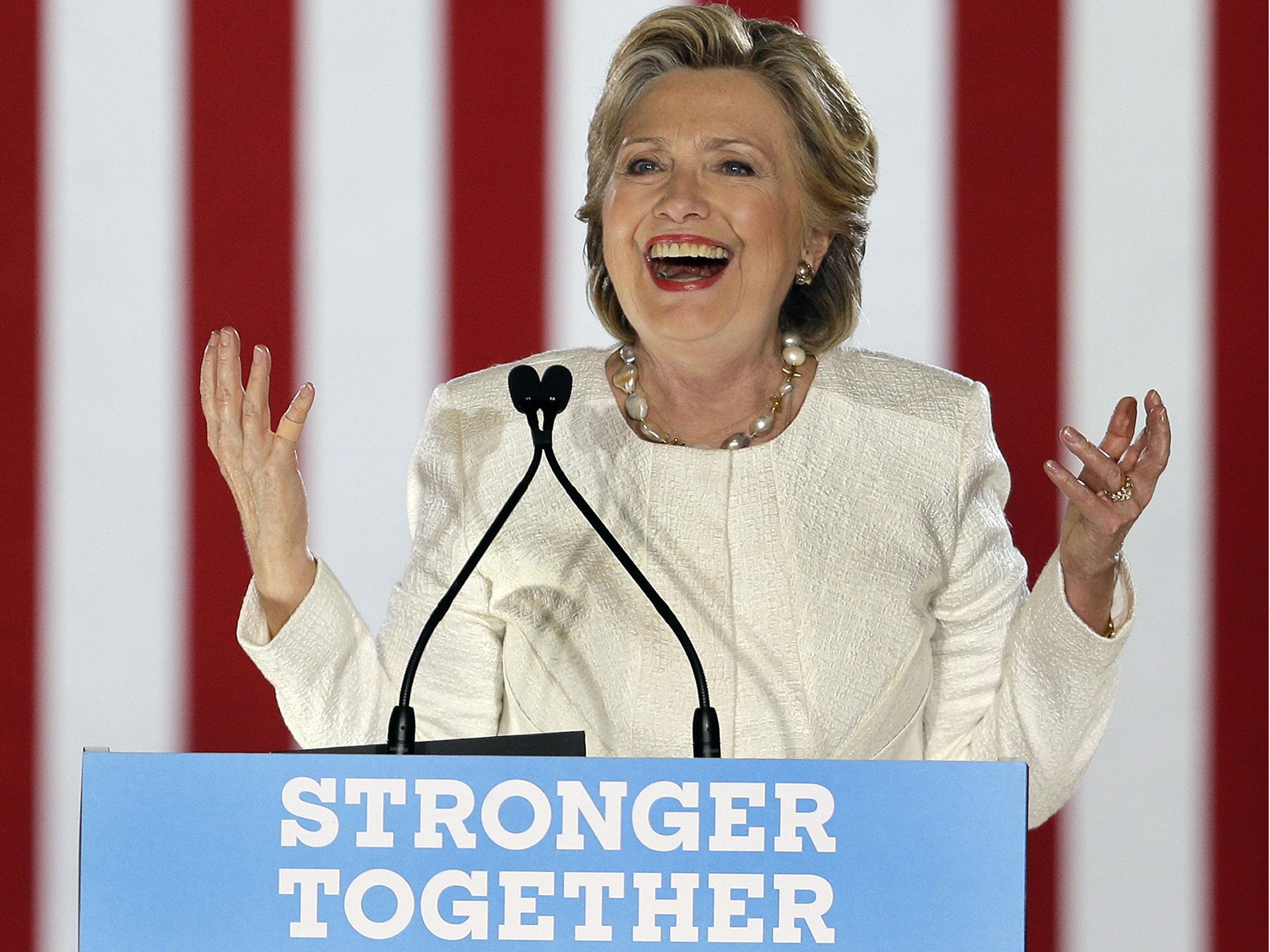What would the US economy really look like under President Hillary Clinton?
Her plans are a conventional effort to boost growth through modest interventions, with the stated aim of improving the conditions and real earnings of the middle class


Hillary Clinton’s economic proposals are essentially a continuation of the policies established by the Obama administration, but with some innovations on both fiscal, trade and regulatory policies. But as with all aspirants to the presidency, the central issue will be whether she has a supportive or a confrontational Congress.
All presidents have difficulties with Congress. To judge by the tone of her campaign, she is likely to have more than most. However, Clinton will be welcomed by financial markets and the business community within the US, for she will be seen as representing stability. The fact that some of her tax-raising plans will be resisted by Congress could make her economic programme more palatable for business leaders.
On fiscal policy, Clinton proposes additional spending on helping students to afford expensive American university fees, on new infrastructure, on childcare and on renewable energy. To fund this she would increase the top rate of income tax for the highest earners, with a 4 per cent surcharge on incomes of more than $5m a year, a minimum rate of 30 per cent on incomes of more than $1m, and an increase in estate duty.
There would also be increases in capital gains tax, in effect doubling the tax on short-term gains. She would bring in a new tax on US companies transferring their domicile to overseas locations by taking over foreign firms, the so-called “inversions”. The aim here is partly to increase revenue but also to discourage companies from moving offshore in this way.
On trade policy, Clinton now opposes the Trans-Pacific Partnership trade deal (TTP) which as Secretary of State she helped negotiate, yet supports the North American Free Trade Agreement. (She claims the final draft of the TPP did not “meet my standards”.)
On regulation, Clinton wants to strengthen the Dodd-Frank Act and impose a new risk levy on large banks deemed to be following risky policies. She would raise the US minimum wage to $15 an hour and increase worker benefits. And on environmental policies she strongly supports moving away from coal, seeing gas as a bridge between coal and renewable energy sources. Low gas prices in the US make this a viable policy. In the longer term, she supports the idea that the US should derive 25 per cent of its electricity from renewables by 2025.
Taken together, her plans are a conventional effort to boost growth through modest interventions. Her stated aim is to improve the conditions and real earnings of the middle class.
This is not a radical programme to start with, and it will, in any case, be trimmed by the legislature. Indeed, it is not a programme that will excite a great many people.
Her fiscal measures complicate the tax system rather than simplifying it. They are also toned down considerably from her plan in 2008 when running for the presidency then. At that time she proposed a balanced budget amendment that would require any new spending plan to be offset by new revenue-raising measures.
The current plan, on the face of it, seems to be anti-Wall Street – but if Clinton were elected, the financial markets would heave a sigh of relief. The US has now enjoyed the third longest period of expansion it has ever had; the financial and business communities would welcome continuity rather than radical change.
Join our commenting forum
Join thought-provoking conversations, follow other Independent readers and see their replies
Comments